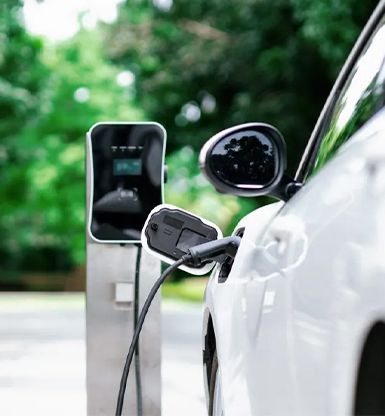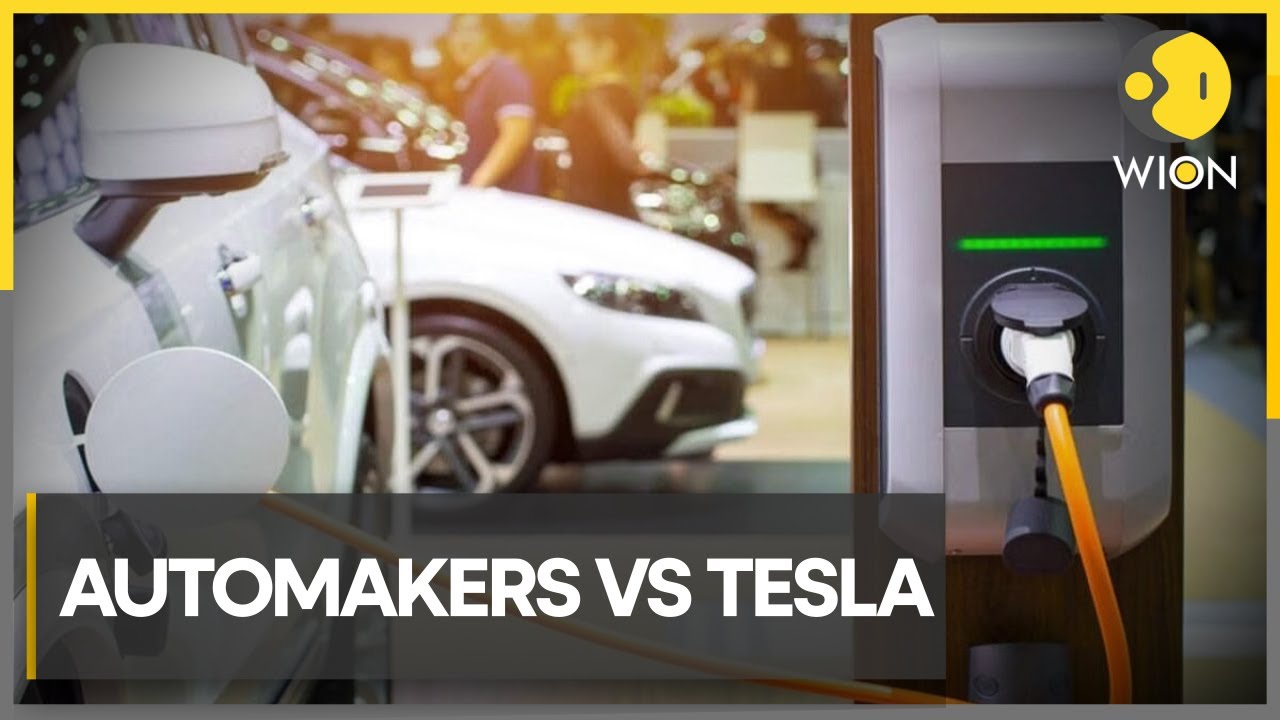How to Stay Updated on Industry Developments When You Buy EV Charging news
Wiki Article
Top EV Charging News: Trick Updates on Framework and Development

Current Developments in Fast-Charging Innovation

Additionally, innovations in battery modern technology, including enhanced thermal monitoring systems and greater power density batteries, complement fast-charging abilities. These developments alleviate the risk of battery destruction during fast charging, making sure long life and efficiency for EV proprietors.
In addition, the integration of wise billing services is enhancing user experience, making it possible for real-time surveillance and vibrant prices versions. EV Charging news. This versatility allows drivers to optimize charging costs and times based on grid need
As car manufacturers proceed to buy fast-charging networks, the partnership between industry stakeholders is crucial. Collaborations between billing station carriers and vehicle makers are paving the way for extensive coverage, ultimately fostering a more robust EV ecosystem. These innovations are essential in supporting the change to sustainable transport.
Government Initiatives for Billing Growth
Government efforts play a critical duty in the development of electrical lorry (EV) billing framework, assisting in the shift to lasting transport. Different government and state programs are being executed to improve billing ease of access, minimize the economic burden on consumers, and promote the adoption of electrical automobiles.Especially, the united state federal government has actually allocated considerable financing with the Framework Investment and Jobs Act, which allocates $7.5 billion for EV charging network growth throughout the country. This funding is targeted at releasing hundreds of new billing terminals, particularly in underserved locations, thereby dealing with array stress and anxiety amongst prospective EV buyers.
Additionally, various states are enacting regulations to streamline the allowing process for billing station installments, which is essential for increasing release. Rewards such as tax debts and discounts for both consumers and businesses are also being introduced to urge the installment of billing infrastructure.
In addition, public-private collaborations are progressively coming to be a focus, leveraging exclusive financial investment to enhance federal government financing. These campaigns highlight a joint technique vital for building a efficient and detailed EV charging network, inevitably adding to a greener and more lasting future.
Cutting-edge Battery Solutions Enhancing Effectiveness
Transforming the landscape of electrical lorry (EV) innovation, innovative battery services are substantially enhancing performance and performance. Developments in battery chemistry, particularly with lithium-sulfur and solid-state batteries, are leading to raised energy thickness, which permits longer varieties and faster charging times. These new battery kinds have the prospective to surpass traditional lithium-ion batteries by supplying higher abilities while lowering weight, therefore boosting overall lorry effectiveness.Additionally, advancements in battery management systems (BMS) are enhancing power usage and expanding battery life expectancy. Smart algorithms check battery health and wellness and performance, making it possible for real-time modifications to billing and discharging procedures. This not just boosts the effectiveness of the battery yet additionally makes certain a more reputable and sustainable energy resource for EVs.
Additionally, the integration of reusing innovations is resolving the environmental influence of battery manufacturing and disposal. Technologies in second-life applications for EV batteries are facilitating their usage in power storage space systems, adding to a circular economy.
As these innovative battery remedies remain to develop, they guarantee to change the EV market, making electric cars more attractive and easily accessible to a wider audience while sustaining global sustainability objectives.
Check This Out

Partnership In Between Automakers and Charging Networks
Recognizing the vital need for a robust charging framework, car manufacturers are significantly teaming up with billing network providers to improve the EV possession experience (EV Charging news). These partnerships aim to develop a seamless charging community that profits consumers and supports the shift to electrical vehiclesMajor vehicle brand names are joining pressures with recognized charging networks to increase their billing station protection, ensuring drivers have accessibility to hassle-free and reliable charging alternatives. For instance, collaborations with networks like ChargePoint and Electrify America allow automakers to incorporate charging remedies directly into their lorries' navigation systems, directing users to the closest stations and giving real-time schedule updates.
Furthermore, these cooperations often cause the development of fast-charging innovations that considerably lower the moment needed to charge an EV. By merging resources and competence, automakers and billing networks can innovate quicker, creating options that satisfy the growing need for electric wheelchair.
Additionally, joint campaigns may likewise result in more standardized charging procedures, which can reduce customer confusion and promote wider EV adoption. Generally, these tactical partnerships are critical in constructing a user-friendly and efficient charging framework that fulfills the needs of a broadening electrical lorry market.
Obstacles Dealing With EV Charging Infrastructure
As the electrical lorry market continues to grow, numerous obstacles are emerging that impede the development of a thorough charging facilities. Among the main challenges is the not enough number of billing stations, particularly in underserved and country city locations. This gap produces variety stress and anxiety among potential EV buyers, hindering them from making the button.Furthermore, the absence of standardization accountable innovation makes complex the framework landscape. Variations in plug kinds and charging speeds can develop confusion for individuals and enhance functional intricacies for billing network drivers. Furthermore, the integration of charging stations into existing electric grids presents substantial obstacles. Lots of regions face capacity restrictions, requiring substantial financial investments in grid upgrades to suit boosted need.
One more pressing concern is the high expense associated with the setup and upkeep of charging stations, which can be a barrier for both public entities and personal businesses. Lastly, regulative hurdles and zoning restrictions can delay the release of charging infrastructure, hampering development in increasing essential solutions. Addressing these difficulties will certainly be vital for fostering a robust EV ecosystem that sustains the shift to lasting transportation.
Final Thought
To conclude, the recurring innovations in EV billing technology, supported by substantial government initiatives and cutting-edge battery options, are crucial for the growth and performance of electrical automobile infrastructure. Collaborations between automakers and charging companies additionally boost terminal find more info coverage, resolving the growing demand for easily accessible charging alternatives. Regardless of challenges that linger within the EV billing landscape, these advancements signify a favorable trajectory towards a much more lasting and reliable electric lorry ecosystem.Technologies in billing facilities have led to the growth of ultra-fast battery chargers qualified go to website of providing up to 350 kW of power, substantially lowering billing times. Variants in plug types and charging speeds can produce complication for users and raise functional intricacies for billing network drivers.In final thought, the recurring advancements in EV billing technology, sustained by substantial government initiatives and cutting-edge battery solutions, are important for the development and effectiveness of electrical vehicle facilities. Cooperations between car manufacturers and billing suppliers even more boost terminal insurance coverage, resolving the growing need for easily accessible charging options. In spite of difficulties that linger within the EV charging landscape, these advancements signify a positive trajectory towards a more effective and sustainable electric lorry ecosystem.
Report this wiki page